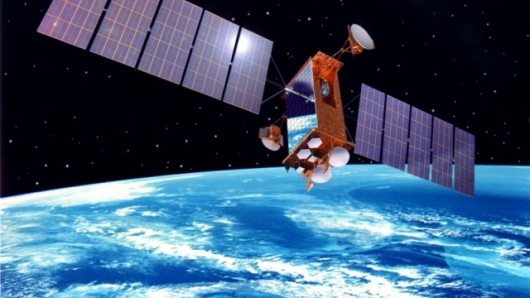Israel’s Defense Ministry has successfully launched Ofek 10, a next-generation satellite that will provide highly-targeted surveillance of specific locations – such as Iran’s nuclear sites.
“We continue to increase the vast qualitative and technological advantage over our neighbors,” said Defense Minister Moshe Ya’alon at the launch at a test site in central Israel, Israeli media reported.
“Our ability to continuously reach new levels of accomplishment, as with this launch, is what allows us to live a productive and prosperous life. Blessed is the state, and its people.”
Ofek 10 is the seventh Israeli satellite currently in space, and the first launched by the Defense Ministry since its predecessor, Ofek 9, four years ago.
But it functions in a fundamentally new way – instead of automatically sweeping through vast swathes of territory with its cameras, it can momentarily switch between different locations.
This is due to the fact that its operators can alter the orbit of the 330 kilogram satellite between 400 kilometers and 600 kilometers from the Earth’s surface in its 90-minute circumnavigation of the planet, while zooming in to take high-resolution images of objects as small as 18 inches across.
“The satellite has exceptional photographic ability,” said Ofer Doron, CEO of the Israel Aerospace Industries’ Space Division, which was responsible for developing the satellite. “It’s designed to deliver very precise, high quality images under all conditions.”
Apart from Israel, other countries that operate surveillance satellites include the US, Russia, China, France, Italy, Britain, South Korea, India, Japan, Ukraine and Iran.
Of these nations, Iran poses the greatest threat to security in the eyes of Israeli officials, who have repeatedly insisted that Tehran is on the verge of developing a prototype nuclear weapon. Israel also says it plans to use the new satellite to monitor hostile militant groups, presumably such as Hamas and Hezbollah.
In fact, for security reasons, Israel launches its satellites to the west, and not to the east, sacrificing payload, but making sure that no technologically sensitive debris fall on the territory of its rivals, particularly if any satellite fails to reach orbit and plunges to Earth.
But Ofek 10 avoided this fate, and has already begun relaying visuals and information from orbit. It is expected to become fully operational within three months.










